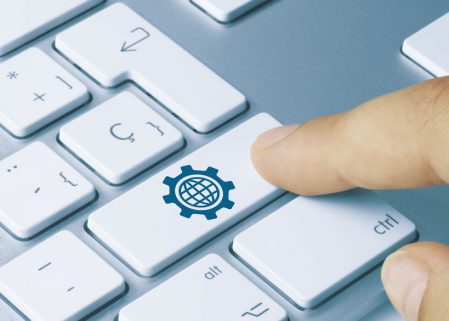
3 Top Considerations for Software Localization
by Chad Richardson
Software transforms lives not only for the locals but for all the people across the world. When you’ve built a platform that serves several communities, you might need to add translation features to help you localize and personalize your services.
Before we look at what you need to consider while localizing your software, why should you localize your software?
Benefits of Software Localization
Software localization affords you the following benefits:
- * Software localization enhances your users’ experience
- * Localization makes it easier for people to adopt your software
- * Software localization increases the credibility of your platform
- * Software localization makes it easy for you to break into new markets
- * Localization gives you insights on how to make your software more suited to the local market needs
Software localization is a delicate undertaking, and you may require external help to achieve the best results. Here are some considerations you need to make when localizing your software.
1. The Most Appropriate Language to use
Let us say, for instance, your application’s original language is in English. People in China may have difficulty using the software, given that most of them speak Mandarin. This will therefore mean that you have to translate your software into Mandarin if you plan on breaking into that market.
Another thing to consider in terms of language is the choice of the most appropriate language to use for a locality that uses multiple languages. For instance, a country like Nigeria has Hausa, Igbo and Yoruba, and many other sub-languages.
Even though Nigeria uses English as its official language, the language borrows a lot from the local languages to form the Nigerian Pidgin. You can choose to translate your software into various languages or choose the most widely used language in the locality you choose.
2. The Culture of the Local People
You cannot separate the language from the people’s culture. When you understand the people’s culture, then you can choose the best words to affect their cultural sensitivity, and understand the meaning of various words in different contexts. Localizing your software to people’s cultures makes your intended users own the software.
3. Level of Education of your Intended Users
The level of your intended users’ education determines the level of jargon that you will use, the imagery and infographics they can relate to among other factors. You will localize your content to suit the local community better if you match your services with their education level.
Getting a Professional Input Can Go a Long way in Localizing your Software
Software translation goes beyond understanding the language used in your intended locality. Your localization strategy is a maker or breaker of your software’s adoption in the new market.
Are you looking for a professional translation company to help you localize your software? Keylingo has unmatched experience with translation and software localization. Contact us today so that we can work you through our processes and translation services.
Related Articles
Why Hyper-Localization and Personalization Are Defining Global Success
Translating content is no longer the benchmark for going global; it’s the baseline. As businesses expand into new markets, what truly drives growth in 2025 is the ability to connect meaningfully with audiences through hyper-localization and personalization. These strategies are redefining how brands communicate. Hyper-localization adapts your message to reflect not just a language,…
AI-Powered LQA and Human Review: The Smartest Way to Scale Localization
Every multilingual project begins with ambition: the ambition to connect, to scale, and to meet global audiences where they are. But ambition often collides with the reality of manual language review processes that strain valuable resources. This friction delays launches and diminishes the agility brands need to thrive internationally. The answer is not replacing people…
Connecting Through Language: Why Global Brands Are Investing in Multilingual Video
In today’s digital world, attention is the most valuable currency—and it’s increasingly multilingual. For brands expanding across borders, creating content that resonates globally isn’t just a competitive advantage; it’s a business necessity. Whether you’re onboarding a workforce, educating customers, or entertaining the masses, your audience expects more than a translated script. They expect localized video…
here
for you
We’d love to learn more about your translation and localization needs.